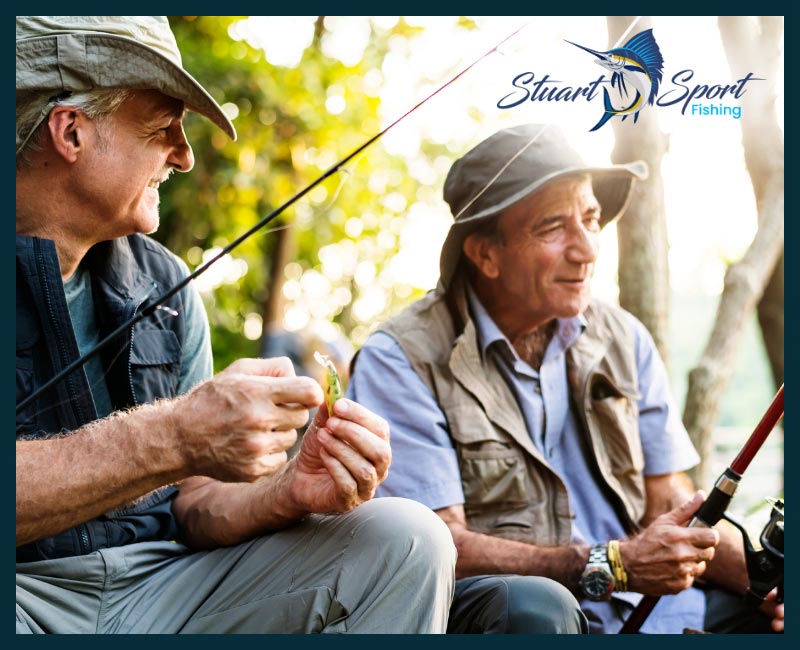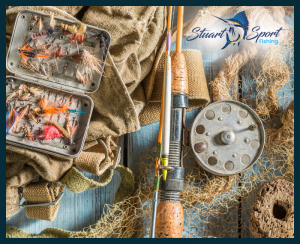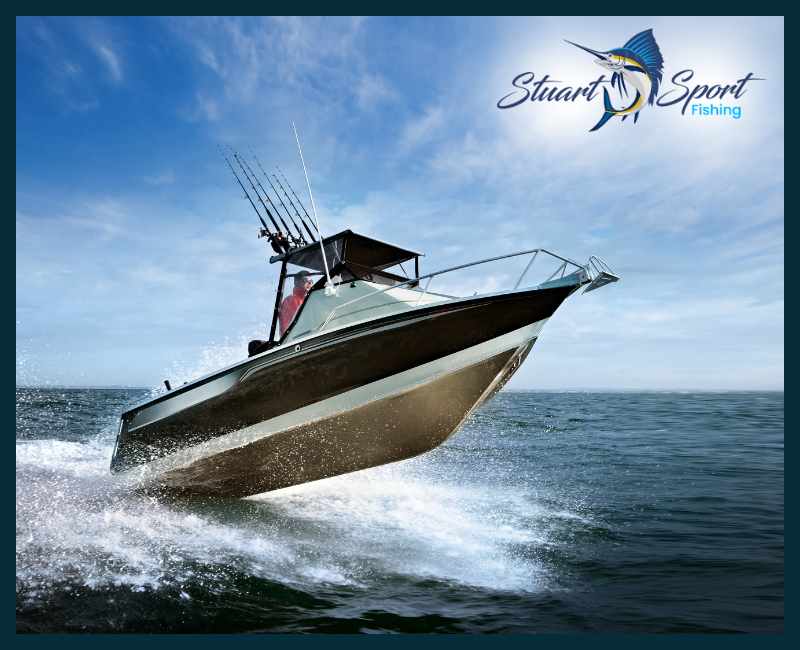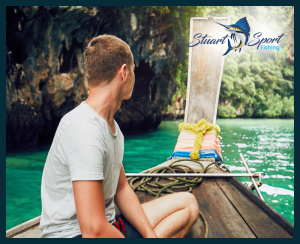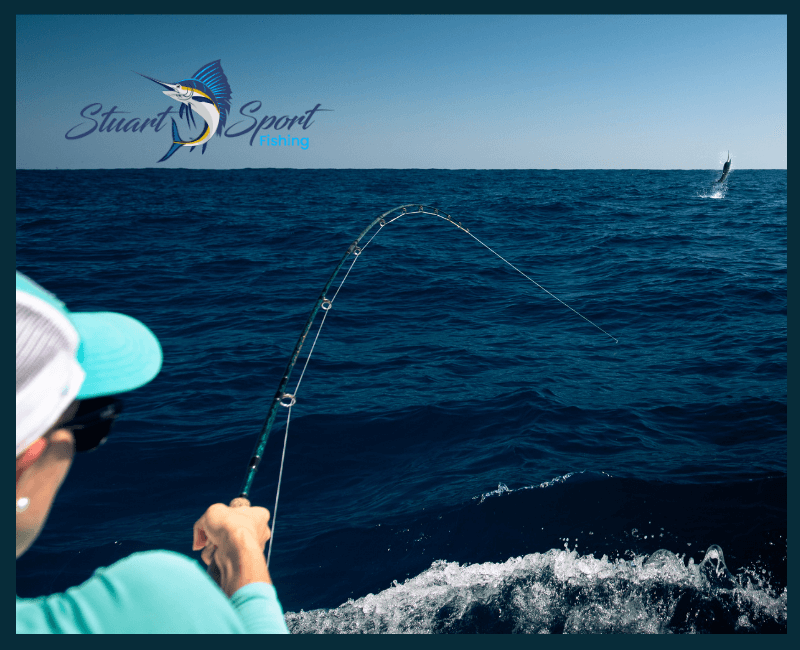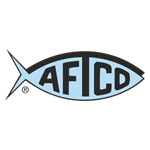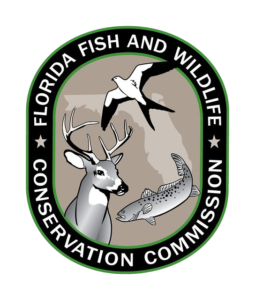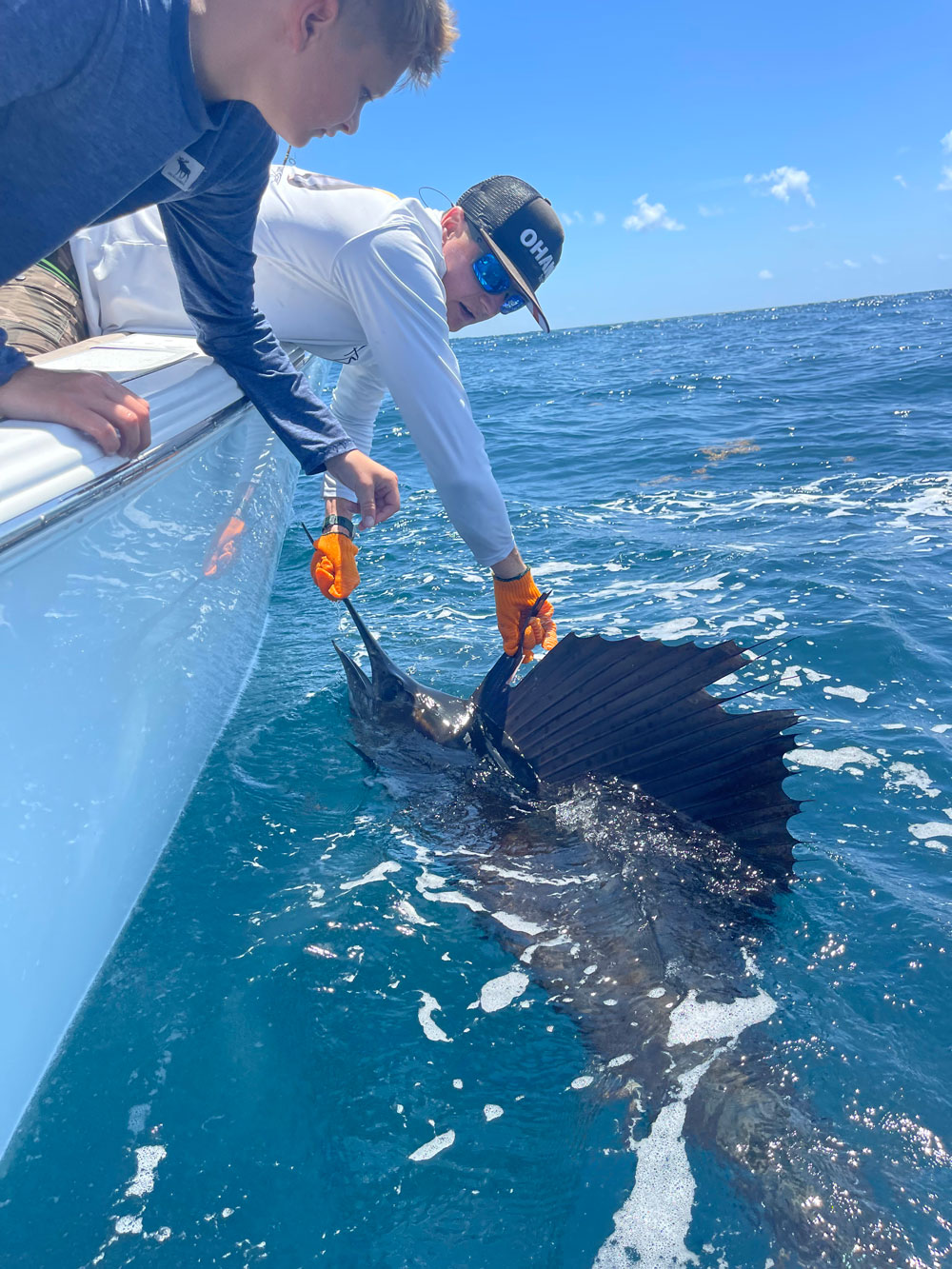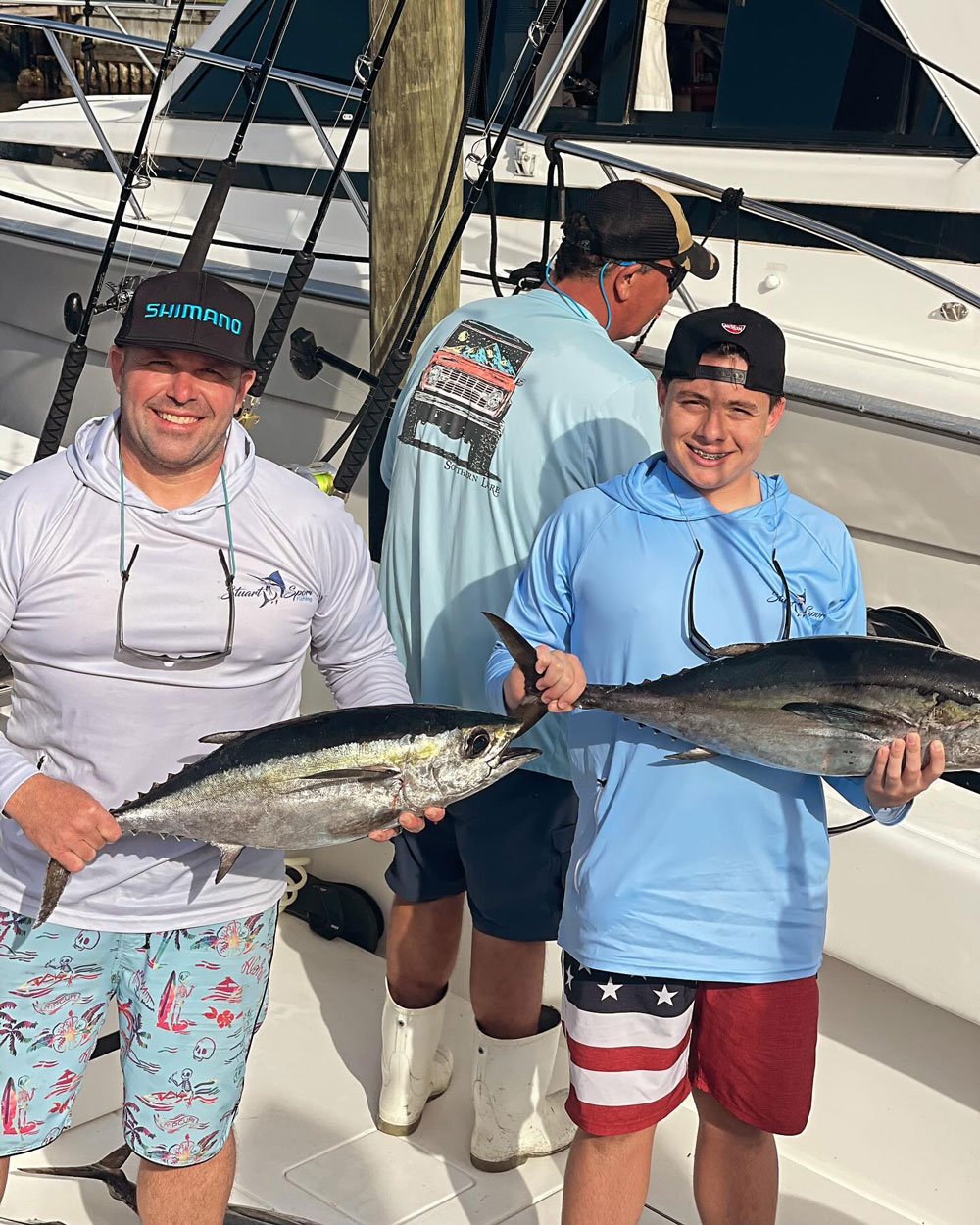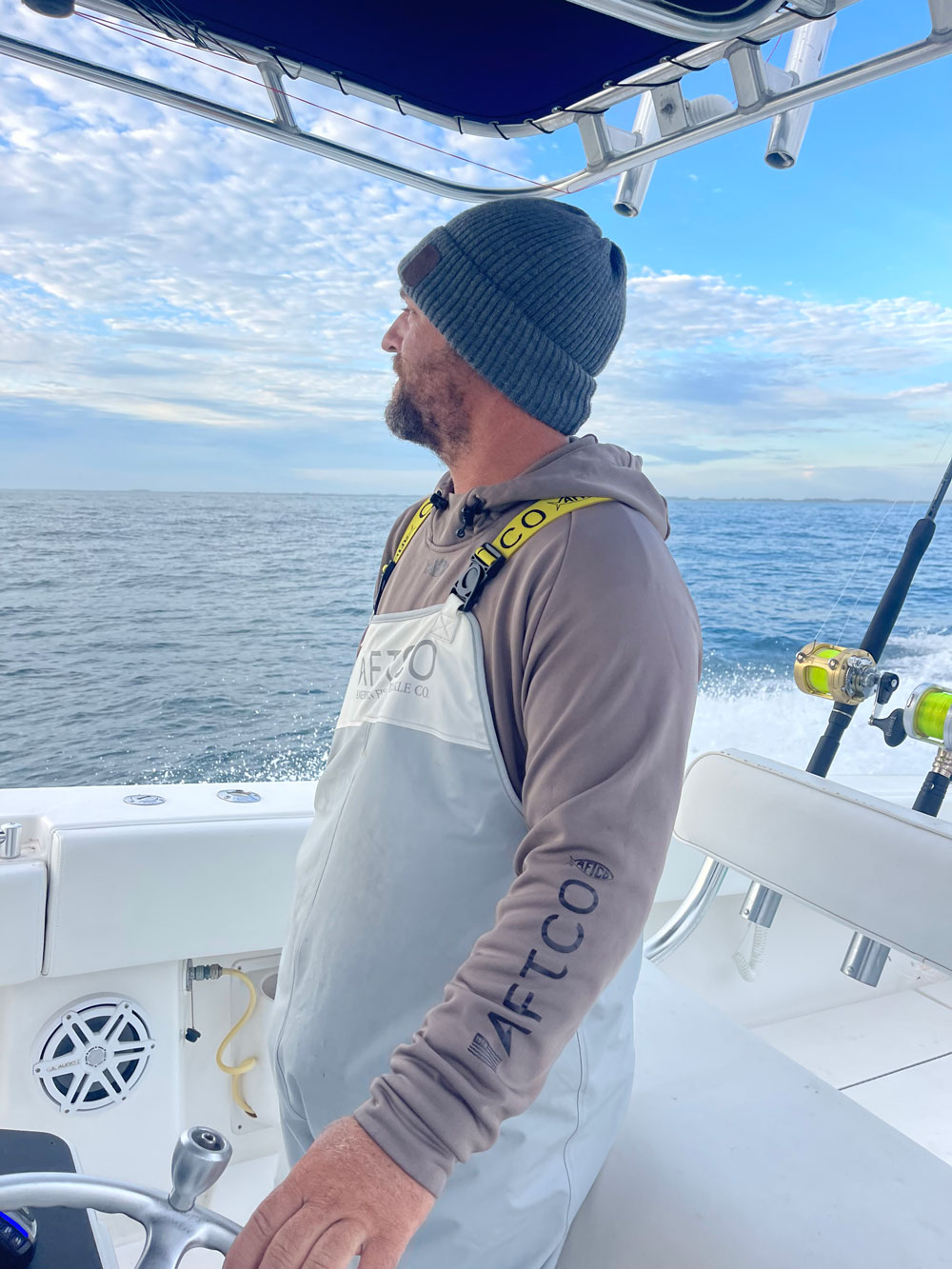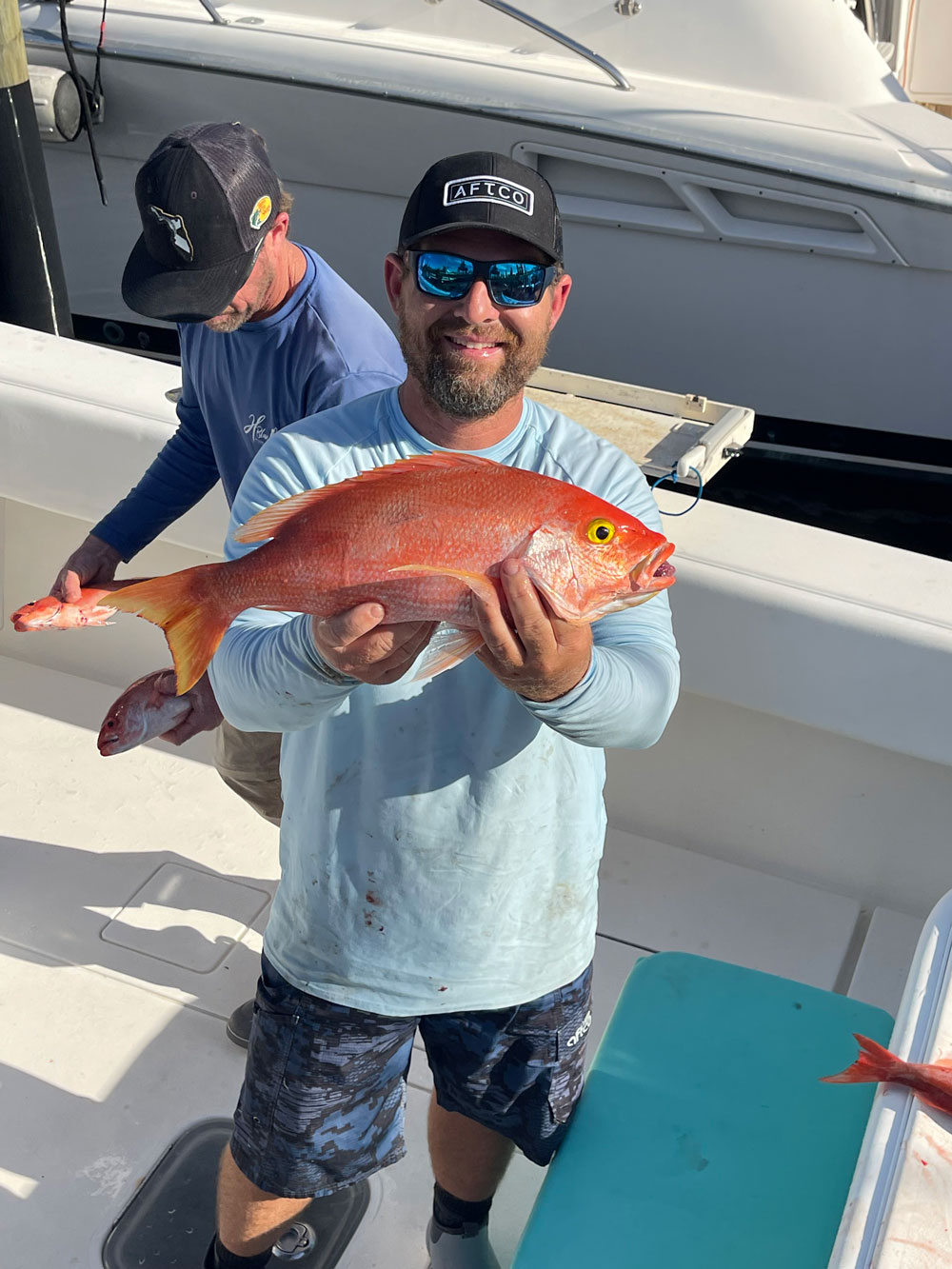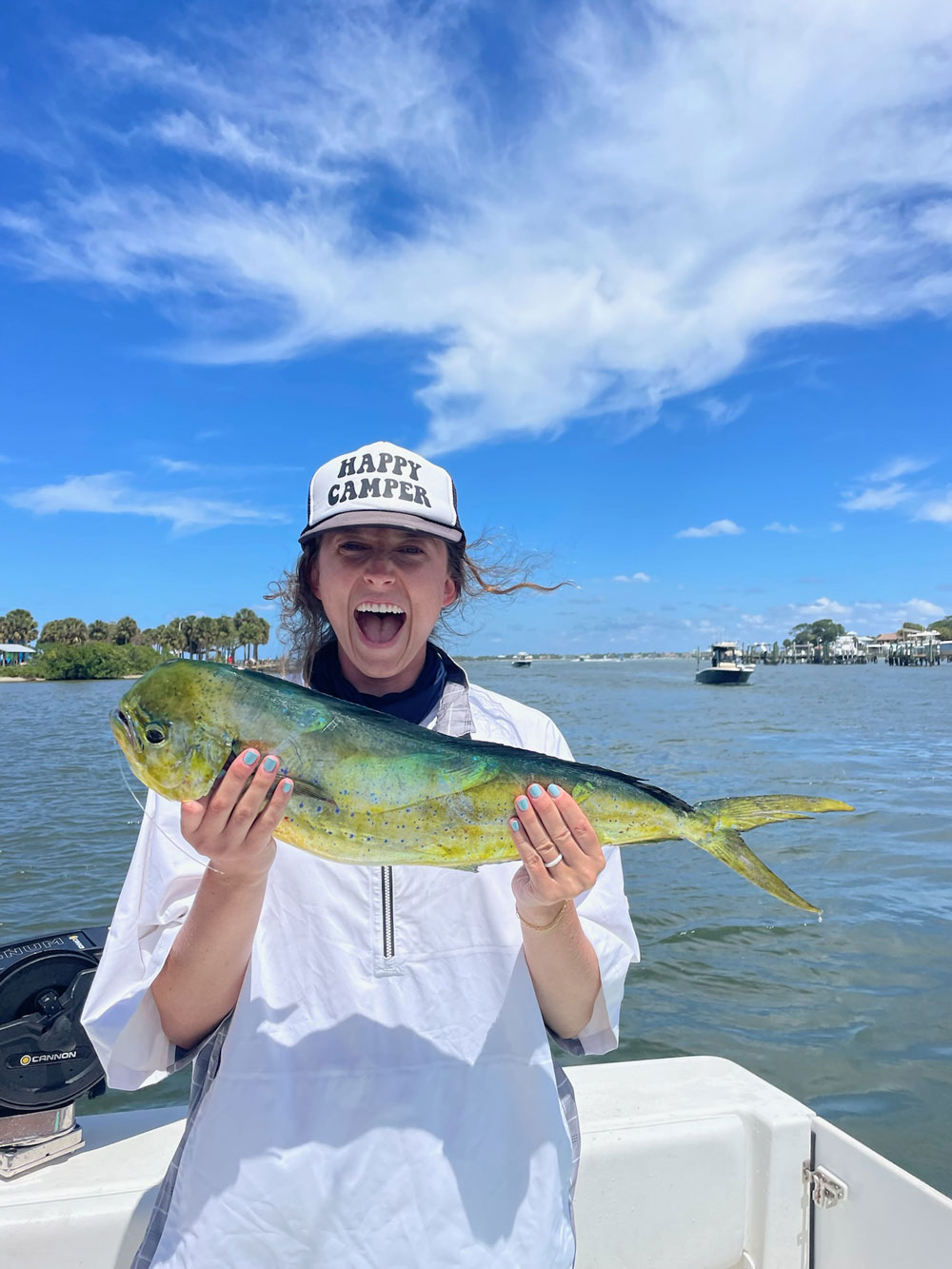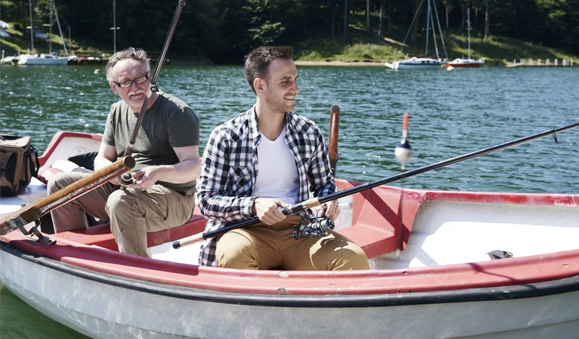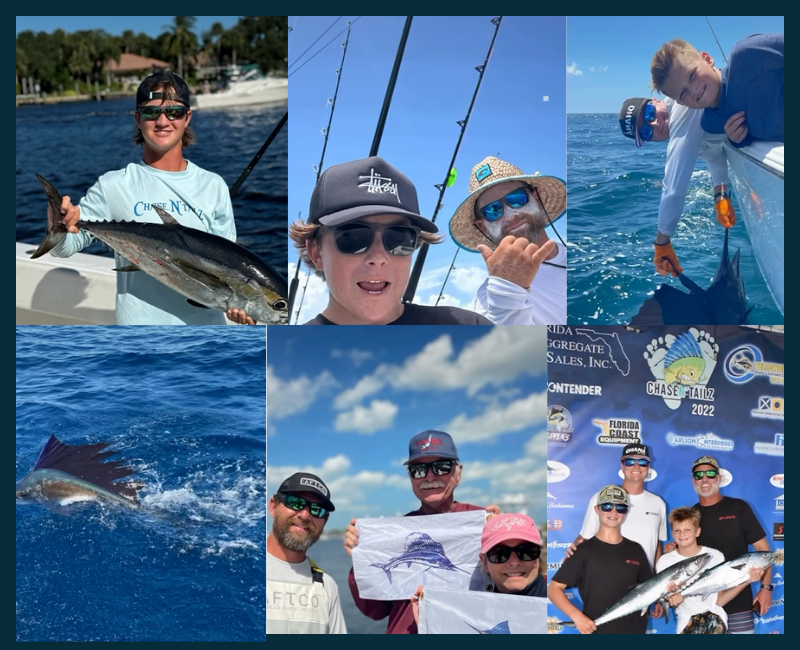There’s nothing quite like the excitement of a child’s first fishing trip! But before you cast off, it’s crucial to ensure your little angler is comfortable and safe. Here is your complete checklist for outfitting your child for a successful and enjoyable fishing adventure.
When it comes to what should kids wear fishing, here’s the proper fishing attire for children to stay safe, dry, comfortable, and happy.
When fishing with kids, safety is paramount. Of course, you want them to experience the joy of getting a bite and reeling in a catch, but keeping them safe, dry, and comfortable is what’s most important in the early phase of them falling in love with your favorite pastime. Finding the right gear, though, can be a challenge, especially if you are just getting your child into fishing. The last thing you want to do is invest a lot of time and money into finding and buying comfortable weather-appropriate clothing like quick-drying pants, a waterproof jacket, a lightweight breathable base layer, and expensive sunglasses to protect kids’ eyes only to have them not want to go fishing anymore. Thankfully, life-long memories made on the water don’t need to cost a fortune. That said, having proper fishing attire for children to keep them safe is non-negotiable.
When it comes to proper fishing attire for children, you need to consider everything from tip to tow, including hats, protective eyewear, shoes, and of course, the layers of clothes necessary to keep them safe from the sun and the water they will be near or on while fishing. In addition to answering the question, “What should kids wear fishing?”, there are fishing safety rules for kids that every parent should know before packing up the tackle box for a day of fishing, including having a first aid kit and an appropriately sized life jacket.
What Should Kids Wear Fishing?
View this post on Instagram
Dressing your kid correctly will help to ensure they have a safe, fun, and memorable time on or around the water. No matter the weather, your little fishing friend should be dry, cool or warm, depending on the conditions outside, and always safe. Here are some of the proper fishing attires for children you can find new or used to get them started on a lifelong love of fishing.
1. Protective Eyewear
You can’t talk about fishing safety for kids without discussing protective eyewear. Polarized sunglasses are the best choice for reducing eye strain as well as for making it easier to spot fish in the water. Protective glasses are also invaluable for protecting young eyes from branches while walking to and from the water, as well as keeping them safe from lures being tossed by other kids and adults who are fishing nearby.
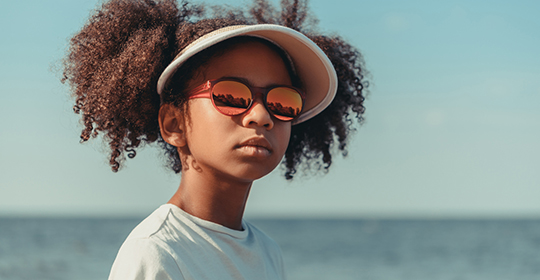
2. Hats
A wide-brimmed hat will do a great job keeping the sun out of kid’s eyes while they are learning to fish. They also keep their head cool in the summer and warm in the winter, as well as protect young heads from stray casts with hooks. Consider a wide-brimmed hat for added protection as your kiddo begins their love affair with angling, especially if you end up fishing in the rain!
3. Sunscreen
While not clothing, a layer of sunscreen is one of the essential answers to the question, “What should kids wear fishing?” Even if the weather forecast calls for cool temps and cloudy skies, the sun’s strong ways still need fending off. Always apply waterproof sunscreen on kids before a fishing trip and re-apply often.
4. Shoes
Waterproof and closed-toe shoes or boots are the two most important characteristics of the footwear best suited for fishing with kids. Wet feet are not only uncomfortable, and can make any trip to the water miserable, a child getting their feet wet while away from home can also be dangerous.
5. Life Jackets
Just like a child’s crucial base layer, a hooded jacket is best to keep their heads dry, an insulating mid-layer, such as a fleece jacket or sweater, a life jacket is essential to keep your kid safe around open water while fishing. You first need to know how to fit your child for a life jacket. Brush up with our guide for choosing the best life jacket for fishing and make sure your child wears and keeps on their life jacket whenever around the water.
6. Gloves
If the weather is chilly or windy, gloves can be a part of the proper fishing attire for children. They are essential for protecting kids’ hands from the cold air and frigid water, so be sure to find a pair that are waterproof and windproof.
7. Clothes
Sunny summer days, chilly autumn mornings, and winter fishing each demand comfortable weather-appropriate clothing for kids and adults alike. There’s the need for a comfortable, lightweight, breathable base layer, an insulating mid-layer, such as a fleece jacket or sweater, and a protective outer layer like a lightweight, waterproof jacket. A hooded jacket is best to keep their heads dry while fishing. As far as pants are concerned, quick-drying pants, such as hiking pants or cargo pants, are the best choice to protect little legs from the sun, branches, thorns, poison ivy, and more. If fishing in hot weather, kids should wear lightweight, loose-fitting clothing that has UV protection to keep the sun’s harmful rays away from their skin.
View this post on Instagram
Now that you know what your kid should wear fishing, brush up on more fishing safety equipment and gear that will keep your entire family safe, comfortable, dry, and happy while fishing together! And then check out these great outdoor gift ideas.
Embark on an unforgettable adventure with Stuart Sport Fishing charters and turn your fishing dreams into reality. Call us today at (949) 300-4294. Dive deeper into our Instagram here.
Reference: [https://www.takemefishing.org/blog/march-2024/what-should-kids-wear-fishing/]



